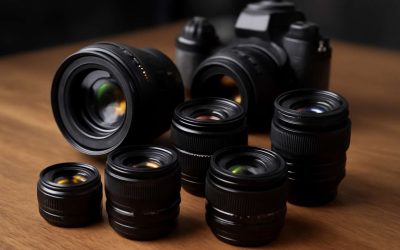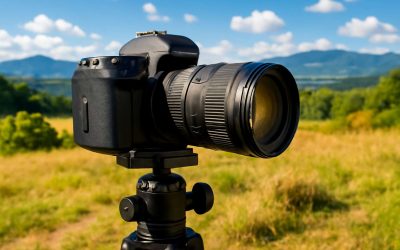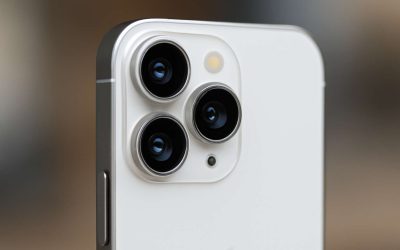
The most important part of any camera is the lens, and that’s why Canon has a vast range of lenses for you to choose from. Whether you’re just getting started in photography or you’ve been shooting for years, it’s always a good idea to invest in quality lenses for your dSLR.
The Canon EF 100-400mm is the latest in a series of great consumer telephoto lenses that have managed to break the price barrier and pack all sorts of features into an inexpensive package. With image quality and performance that seasoned photographers will appreciate, this is an excellent option for those looking to get into telephoto work without breaking the bank.
One of the best parts about using a telephoto lens is that you can shoot with a lower ISO and use a higher shutter speed, so you can capture sharp images of subjects that would otherwise be difficult to reach. That’s because telephoto lenses often have long focal lengths and are capable of producing a wide range of depth-of-field.
You can also adjust the focus limit on your telephoto lens to tell your camera where you want to focus at a certain distance, so you can shoot faster and have more control over your photos. That’s especially useful when you’re taking landscape and architectural shots, where a wide field of view is important.
A prime lens is a fixed-focal-length lens that provides sharper images and produces greater contrast than zoom lenses, which can have a range of focal lengths. A wide-aperture prime lens, for example, offers exceptional bokeh (the blurred background in a portrait), and it’s a great choice for people who enjoy landscapes and architecture.
It can also be used for close-ups and portraits, so it’s a versatile lens that works well for all types of photographers.
This is a classic example of a great budget travel lens that can be used on a variety of cameras, including APS-C ones. It’s compact and light enough to fit in your backpack, and has a maximum aperture of f/2.8.
The only downside is that it’s not a particularly good choice for low-light shooters, as the low-light focusing capabilities of this lens are limited. However, if you’re looking to take photos of landscapes and other outdoor scenes, this is the best value telephoto lens available for the money.
If you need to shoot in low-light situations, a telephoto lens is an essential piece of equipment for your dSLR. A telephoto lens is also handy for capturing close-ups of objects, such as flowers or insects.
When paired with a tripod, a telephoto lens can provide impressive results. It’s also a great tool for taking long exposures and night time images, as well as portraits and landscapes.
Another advantage of a telephoto lens is that it’s easy to add a teleconverter to extend the focal length and increase the field of view, allowing you to capture more interesting and unique compositions. The only drawback is that a teleconverter requires a longer lens, which can be difficult for some users.



0 Comments